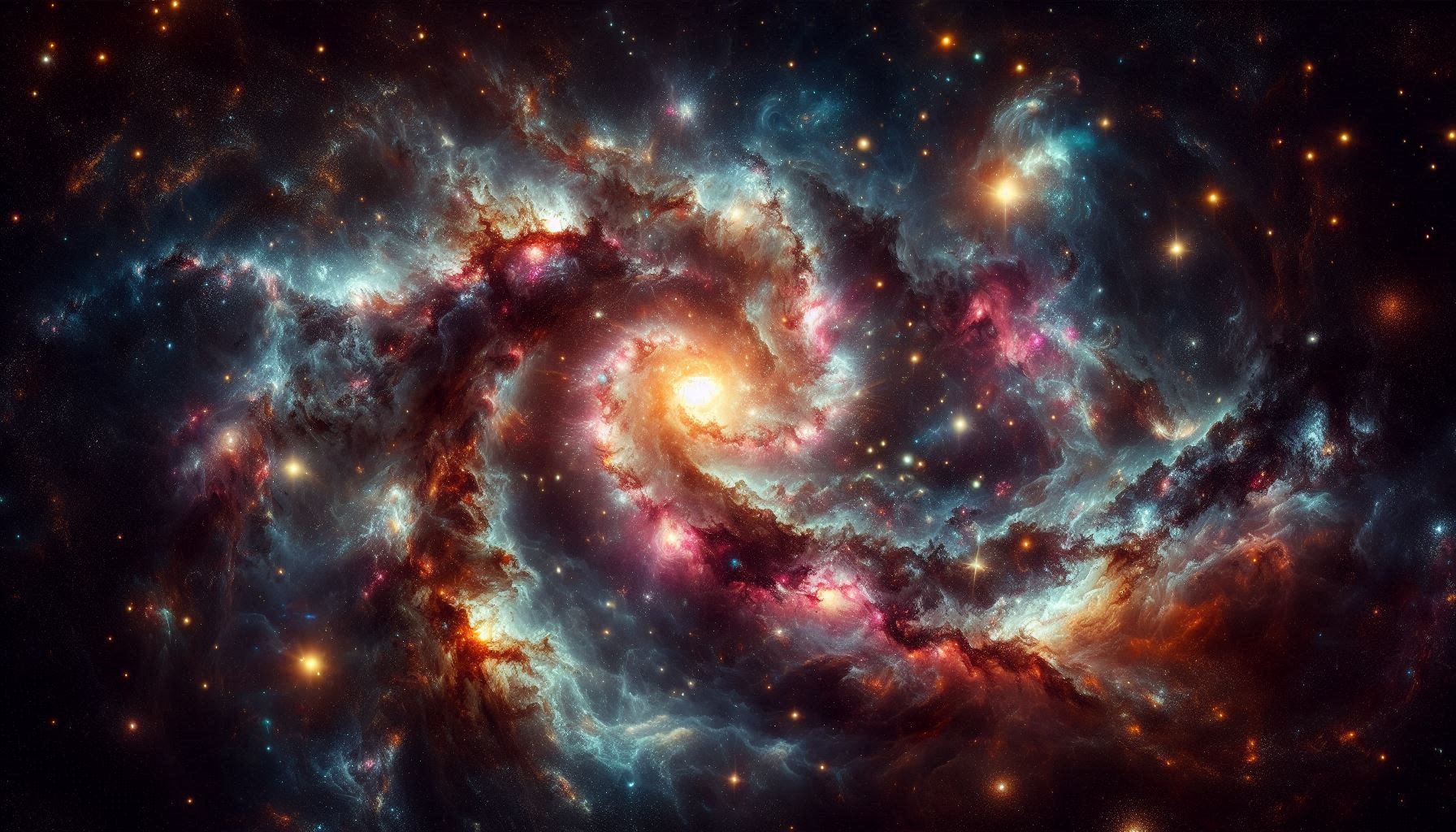The world of science is buzzing with excitement over an extraordinary discovery! On February 13, 2023, a super high-energy neutrino—estimated at 220 PeV (220 million billion electron volts)—was detected by the KM3NeT neutrino telescope deep under the sea. This is the first detection of its kind, proving that such high-energy neutrinos exist in the universe.
Neutrinos? What Are They?
Neutrinos are tiny particles with almost no mass, no electric charge, and rarely interact with other matter. Because of their mysterious nature, neutrinos are often called “cosmic messengers,” carrying unique information about extreme cosmic events like supernova explosions, black holes, and gamma-ray bursts.
How Was This Neutrino Detected?
The newly detected neutrino, named KM3-230213A, was identified through a muon track—a secondary particle created when the neutrino collided with seawater near the KM3NeT detector. Using advanced technology, scientists traced the light produced from this interaction to determine the neutrino’s energy and origin.
Why Is This Discovery Important?
According to Paschal Coyle, KM3NeT spokesperson at the time of detection, this marks a new era in neutrino astronomy. Until now, scientists only speculated about the existence of such high-energy neutrinos, but now they have real proof!
Where Did This Neutrino Come From?
That remains a big mystery. It could have originated from a supermassive black hole, a stellar explosion, or even interactions between cosmic rays and background radiation in space. To determine its exact origin, scientists will need to observe more of these neutrinos in the future.
KM3NeT: A Deep-Sea Window to the Universe
KM3NeT is a massive neutrino telescope located on the seafloor near Italy and France. It uses seawater as an interaction medium and detects Cherenkov light—a bluish glow created when high-energy particles travel at near-light speed. Currently, KM3NeT is still under development and will become even more advanced in the future.
What’s Next?
Scientists will continue monitoring more neutrinos to understand their formation and origins better. With additional detectors and more data, KM3NeT is expected to play a crucial role in uncovering the universe’s biggest secrets.
This discovery is not only a huge milestone in particle physics but also brings us one step closer to understanding the deepest mysteries of the cosmos. Who knows? In the future, we might unravel even more about how the universe was formed and evolved!
